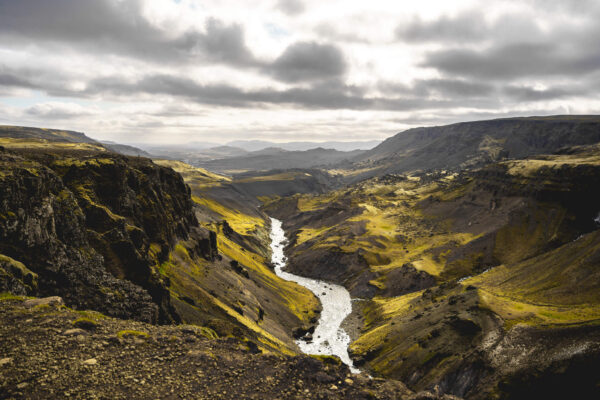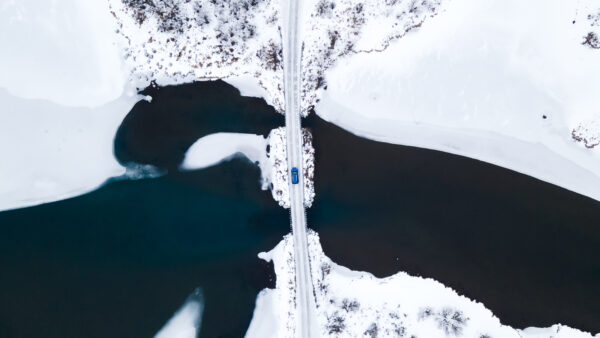
Northern Lights
Northern lights
Northern Lights: Ultimate guide to the most spectacular natural phenomenon.
Iceland's winter nights bring forth one of nature's most captivating displays—the Northern Lights or Aurora Borealis. If you're embarking on a journey to witness this mesmerizing phenomenon, here's a comprehensive guide on what to do, what to avoid, and the best settings for an unforgettable experience.
In contrast to the Midnight Sun, the Northern Lights, or Aurora Borealis, are a winter spectacle that draws visitors from around the globe. This mesmerizing light display occurs when charged particles from the sun interact with the Earth's magnetic field, creating colorful patterns in the night sky.
Best Time to See the Northern Lights:
The optimal time to witness the Northern Lights is during the winter months, from September to April. The darkest and coldest nights provide the ideal conditions for this celestial dance
What to do:
1. Plan Your Timing.
The Northern Lights are most visible during the winter months, from September to April, with the peak season being from late autumn to early spring. Plan your trip during these months for the best chances of witnessing the auroras.
2. Stay Away from Light Pollution.

Choose locations away from city lights to enhance visibility. Iceland's rural areas, such as Thingvellir National Park and Jokulsarlon Glacier Lagoon, offer optimal conditions for Northern Lights viewing.
3. Keep Warm.
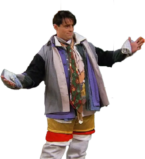
Iceland's winter nights can be chilly, so dress in layers to stay warm during your aurora adventure. Bring thermal clothing, gloves, and a hat to ensure comfort while waiting for the lights.
Going commando and doing lunges isn't recommended!
4. Check the Forecast.
Stay updated on Northern Lights forecasts to increase your chances of a sighting. Various apps and websites provide real-time information on aurora activity, helping you plan your excursion more effectively.
We recommend checking the forecast on the Icelandic Meteorological Website and here.
5. Bring a Camera.
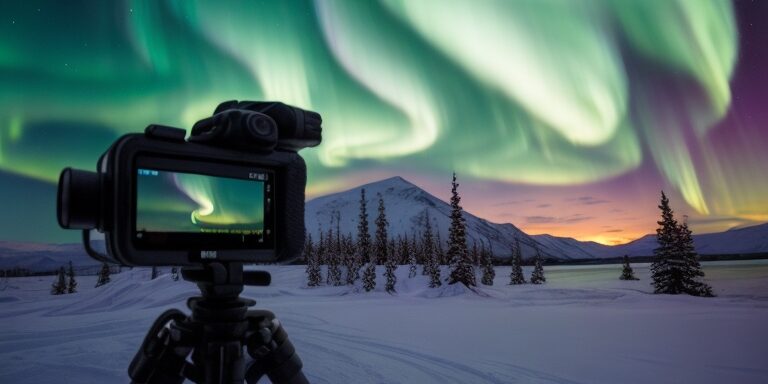
Capture the magic by bringing a camera with manual settings. Use a tripod for stability and experiment with exposure times to photograph the Northern Lights. Don't forget to bring extra batteries and memory cards.
What to Avoid:
1. Avoid unnecessary Northern Lights Tours:
While guided tours are popular and great for a whole tour-packages, they may not always align with your schedule, and the costs can add up. Consider self-driving with a rental car for a more flexible and cost-effective option. This way, you can chase the lights at your own pace. There’s no special trick to see them, as long as you stay away from the city lights - you will have a chance to spot the northern lights!
2. Mind the Weather:
Check weather conditions before heading out, as clouds can obstruct your view of the Northern Lights. Be flexible with your plans and choose clear nights for the best experience.
3. Respect Nature:
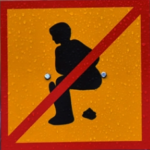
When seeking the Northern Lights, avoid disturbing wildlife and the environment. Stay on marked paths, and adhere to local regulations to ensure a responsible and sustainable experience.
Best Spots in Iceland:
1. Thingvellir National Park:
A UNESCO World Heritage Site, Thingvellir offers a picturesque setting with minimal light pollution, making it an ideal spot for Northern Lights viewing.
2. Jökulsárlón Glacier Lagoon:
Surrounded by glaciers and black sand beaches, Jokulsarlon provides a stunning backdrop for the auroras. The reflections on the icy waters add an extra layer of enchantment.
3. Kirkjufell Mountain:
Known as the "Church Mountain," Kirkjufell is an iconic location for Northern Lights photography. The mountain's unique shape adds character to your aurora shots.
Best Camera Settings:
1. Aperture:
Use a wide aperture (low f-number) to capture more light and detail in the night sky.
2. ISO Settings:
Opt for a higher ISO setting to enhance the camera's sensitivity to light in low-light conditions.
3. Exposure Time:
Experiment with exposure times. Start with shorter exposures and gradually increase them to find the perfect balance for your shots.
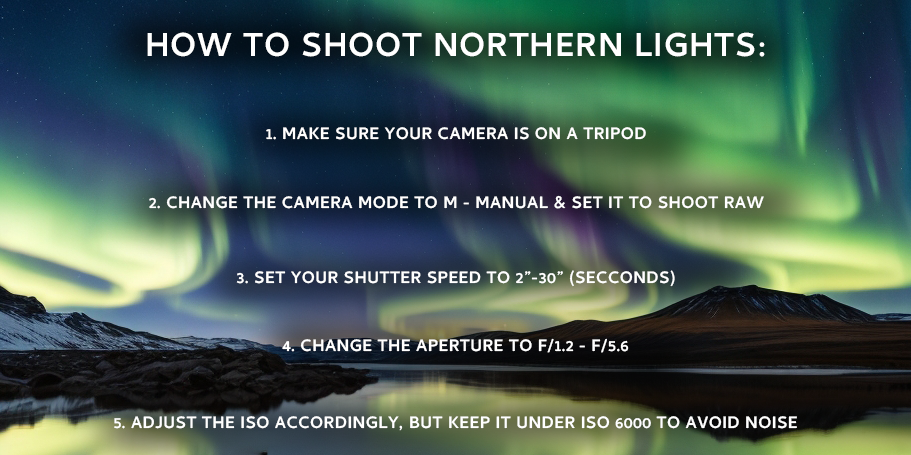
Chasing the Northern Lights in Iceland is a magical adventure that rewards those who are patient and well-prepared. By following these tips, you can maximize your chances of witnessing this celestial dance and capturing the beauty of the auroras with your own lens.
Safe travels and may the lights dance vividly across the Icelandic sky!
You may also like
